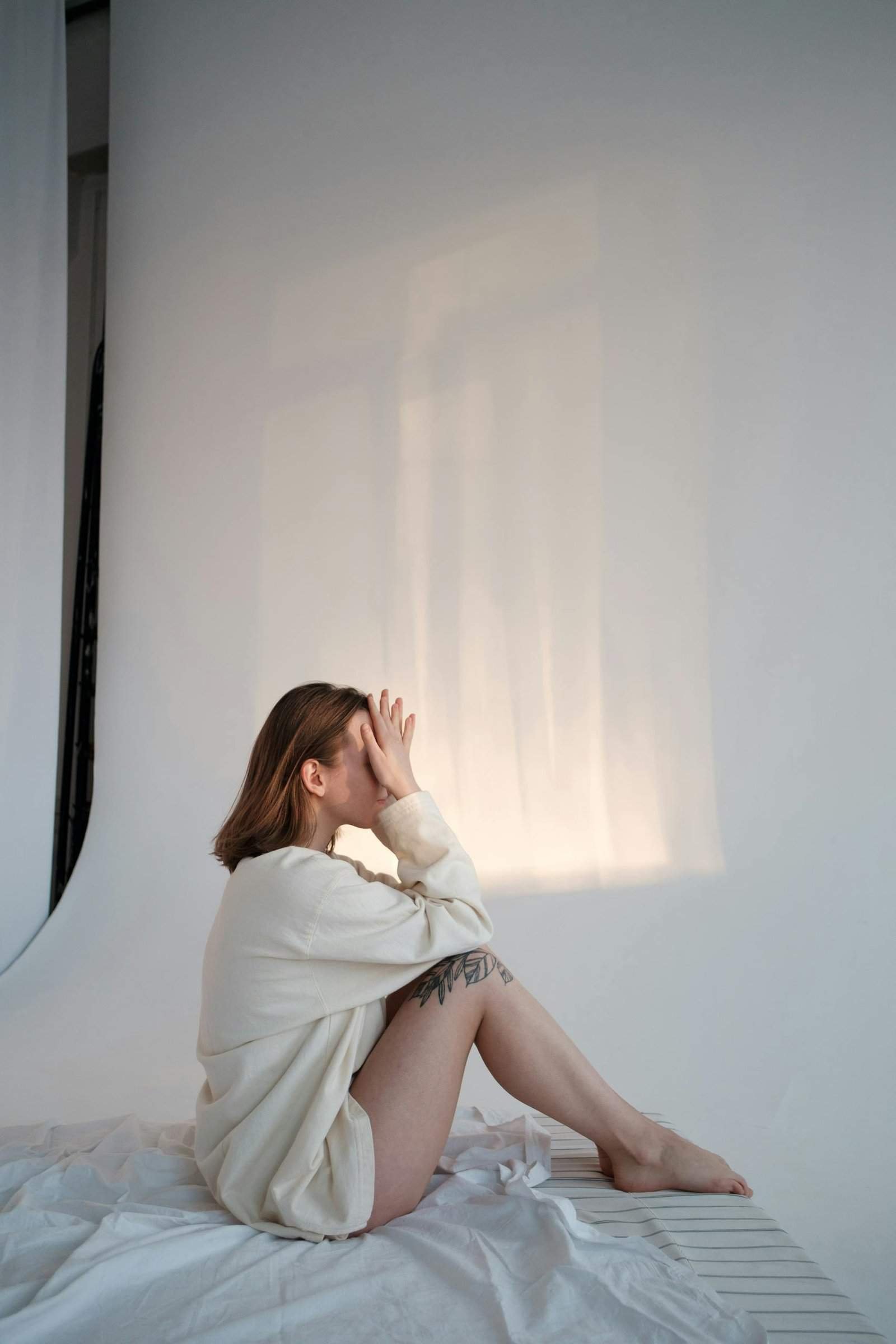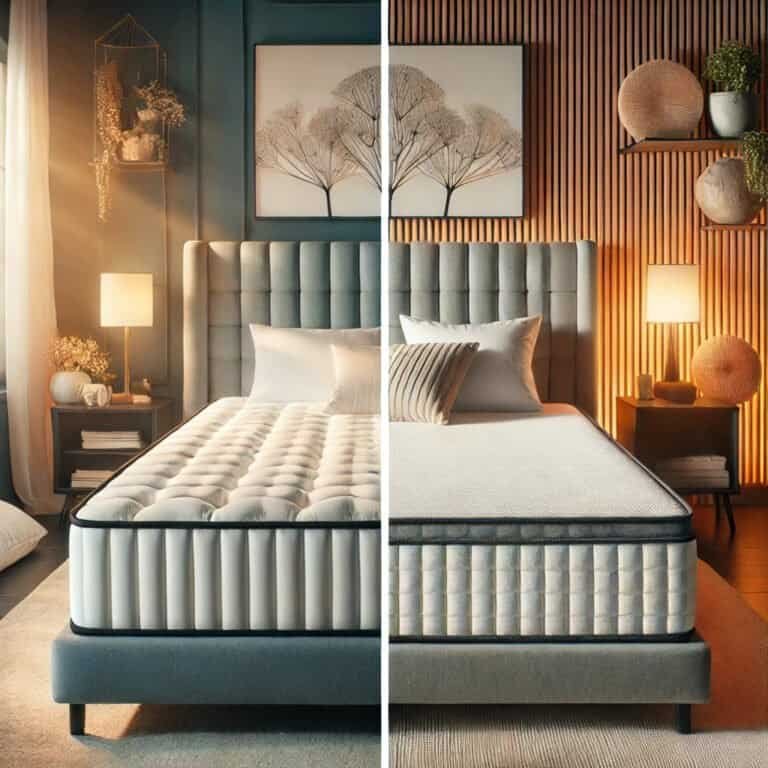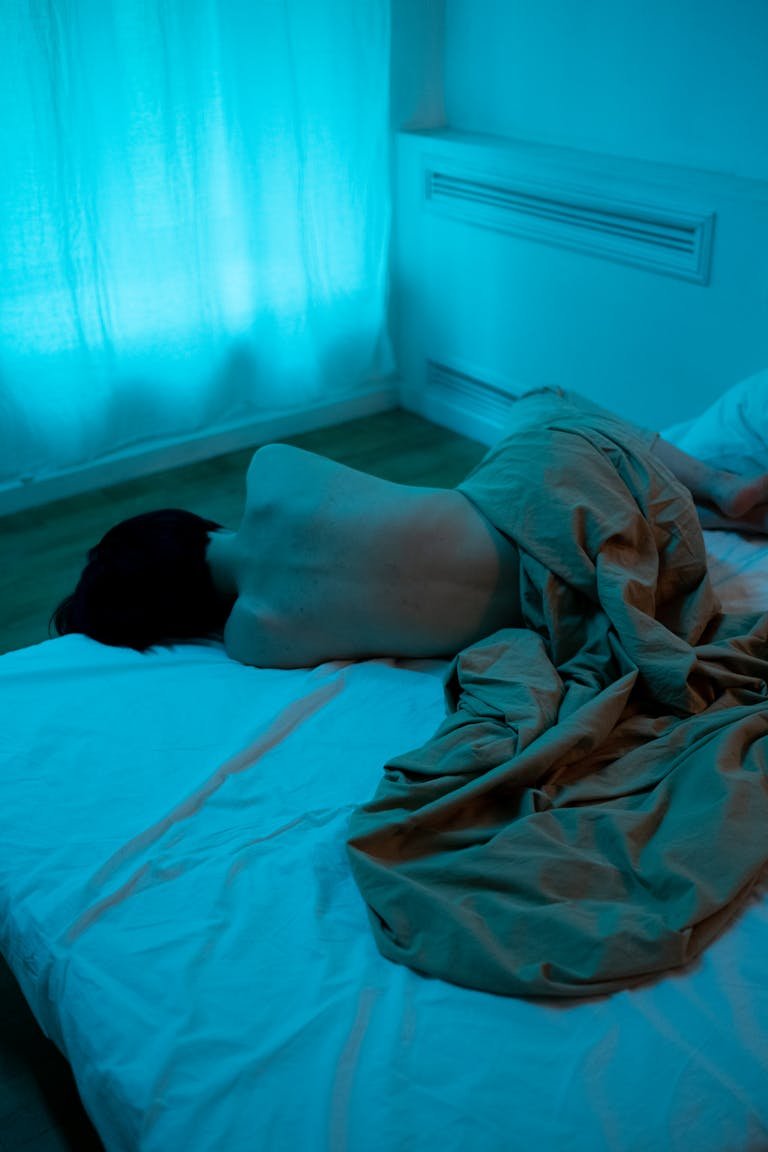10 Signs Your Mattress is Holding You Back
Back pain can be debilitating, and surprisingly, your mattress might be the hidden culprit behind your discomfort. Understanding the mattress back pain symptoms can help you identify whether it’s time to replace your current sleeping surface and start your journey to pain-free rest.
1. Morning Stiffness That Doesn’t Improve Quickly
If you wake up feeling like you’ve been wrestling all night, with persistent stiffness that takes hours to subside, your mattress could be the problem. A supportive mattress should help your muscles relax, not create additional tension. When your mattress back pain symptoms include prolonged morning stiffness, it’s a clear sign that your current sleeping surface isn’t providing the right support.
What to Do:
- Stretch gently after waking
- Consider a mattress with better support zones
- Consult a physical therapist about morning mobility exercises
2. Noticeable Sagging or Visible Indentations
Physical signs of mattress wear can directly correlate with back pain. If your mattress has visible dips, sags, or permanent indentations, these are classic mattress back pain symptoms that indicate compromised support. The average mattress typically lasts 7-10 years, and sagging can occur much sooner with lower-quality materials.
What to Look For:
- Indentations deeper than 1-1.5 inches
- Uneven surface when you lie down
- Visible wear around pressure points
3. Pain That Improves Away from Your Bed
One of the most telling mattress back pain symptoms is pain that mysteriously subsides when you’re not in bed. If you find relief after getting up and moving around, your mattress is likely not providing proper spinal alignment. This suggests that your current sleeping surface is creating unnecessary strain on your back muscles and spine.
Red Flags:
- Pain disappears within 30 minutes of getting up
- Feeling more comfortable on a different surface
- Minimal pain during daytime activities
4. Tossing and Turning All Night
Constant movement isn’t just a sign of poor sleep—it’s often a response to physical discomfort. When your mattress doesn’t support your body’s natural curves, you’ll unconsciously shift positions trying to find relief. This restlessness is a significant indicator of mattress-related back pain.
Potential Solutions:
- Test mattresses with adaptive support
- Consider memory foam or hybrid mattresses
- Use a mattress topper for added comfort
5. Increased Back Pain in Specific Sleeping Positions
Different sleeping positions require different support levels. If you experience more intense mattress back pain symptoms in certain positions—particularly side or stomach sleeping—your mattress might not be providing adequate support for your body’s natural alignment.
Position-Specific Tips:
- Side sleepers: Need softer support for shoulders and hips
- Back sleepers: Require medium-firm support
- Stomach sleepers: Need firmer mattresses to prevent spine misalignment
6. Age of Mattress Correlates with Pain Progression
As mattresses age, their ability to provide proper support diminishes. If your back pain has gradually increased over the years and coincides with your mattress’s age, it’s likely time for a replacement. Most mattresses lose significant support after 7-8 years.
Maintenance Recommendations:
- Rotate mattress every 3-6 months
- Use a mattress protector
- Consider professional cleaning
7. Pain Concentrated in Specific Body Areas
Targeted pain in your lower back, shoulders, or hips can indicate uneven mattress support. These localized mattress back pain symptoms suggest that your current mattress isn’t distributing your body weight effectively.
Diagnostic Approach:
- Note specific pain locations
- Consider consulting a chiropractor
- Explore mattresses with zoned support technology
8. Feeling Like You’re Sleeping in a Hole
If you feel like you’re sinking into your mattress or struggling to move, this is a significant sign of inadequate support. Modern mattresses should provide a balance of comfort and responsiveness.
Evaluation Criteria:
- Ease of movement
- Minimal sinking sensation
- Consistent support across the mattress
9. Partner Disturbance and Motion Transfer
While not directly a back pain symptom, excessive motion transfer can cause you to adjust your sleeping position frequently, potentially leading to back strain. A quality mattress should minimize these disturbances.
Recommended Features:
- Memory foam or pocket coil construction
- Motion isolation technology
- Individual support zones
10. Allergies and Respiratory Issues
An old, unsupportive mattress can collect dust mites, allergens, and create respiratory strain, indirectly contributing to muscle tension and back pain. This is a less obvious but crucial mattress back pain symptom.
Hygiene Tips:
- Use hypoallergenic mattress covers
- Clean mattress regularly
- Consider materials resistant to allergen buildup
Choosing the Right Mattress: A Path to Pain Relief
When selecting a new mattress, prioritize:
- Medium-firm support
- Material that matches your sleeping style
- Proper spinal alignment
- Quality construction
- Individual comfort needs
Remember, your mattress is an investment in your health. While back pain can have multiple causes, eliminating your mattress as a potential source can significantly improve your overall well-being.
Consult with healthcare professionals and take time to test mattresses before making a final decision. Your body will thank you for the careful consideration.
You can also check our guide on How to Choose the Perfect Mattress for Back Pain Relief







